Corporate News
Company News
- Explore the secret world of punched aluminum veneer
- Aluminum veneer curtain wall: the "fashionable coat" of modern architecture
- Aluminum veneer customization, creating a new trend of personalized space
- Aluminum veneer customization, creating personalized spatial aesthetics
- New Vision of Aluminum Veneer: Exploring the Infinite Possibilities of Future Building Materials
Industry dynamics
- Material characteristics and application scope of carved aluminum veneer for exterior walls
- Punched aluminum veneer: the new darling of creative space
- Aluminum veneer is the new trend, with infinite possibilities in design!
- Aluminum veneer design, perfect fusion of art and practicality
- Curtain wall aluminum veneer: the beauty of architecture lies in this piece of light luxury
Frequently asked questions
- What is the environmental performance of aluminum veneer?
- What are the precautions for the design and installation of aluminum veneer curtain walls?
- How to choose a suitable aluminum veneer supplier?
- What is aluminum veneer?
- How to improve the practicality of aluminum veneer through innovative applications?
contact us
Mobile:+86 15627778610
Email: 2201229786
Address: No. 5 Binjiang Road, High tech Zone, Zhaoqing City, Guangdong Province
Aluminum veneer: understated luxury in modern architecture
- Author: Jinba Aluminum Industry (Guangdong) Co., Ltd
- Release time: March 3, 2025 00:26:49
- Click:0
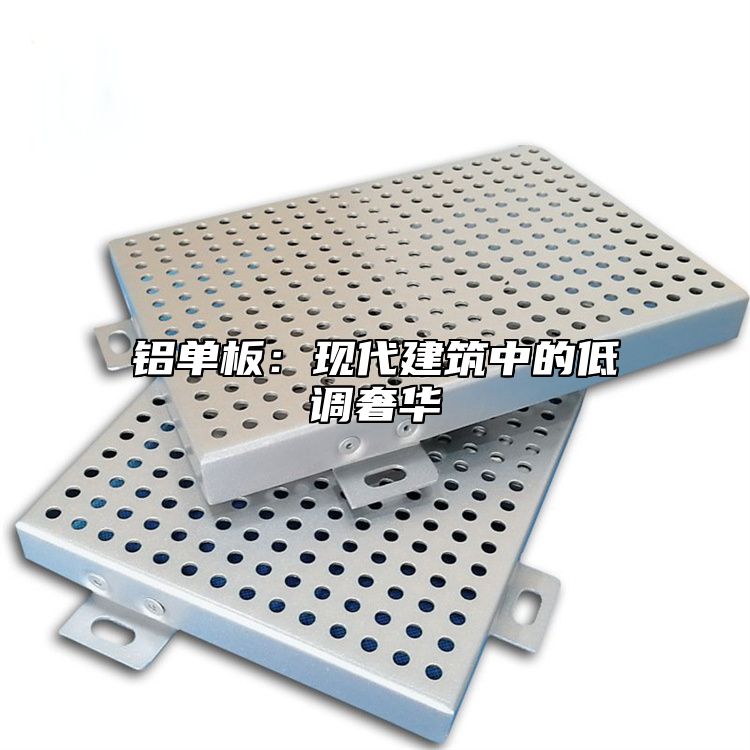
Dear architectural aesthetics enthusiasts, today let's talk about aluminum veneer, which is an indispensable element of "low-key luxury" in modern architecture!
Let's talk about the origin of aluminum veneer. It is a building material made of aluminum plates through cutting, bending, welding and other processes. Don't be fooled by its unremarkable appearance, but inside it lies great potential. Aluminum veneer is lightweight, corrosion-resistant, and easy to process, making it a commonly used decorative material in modern architecture.
I remember once I went to visit a newly built office building, and the exterior walls of the building were decorated with aluminum veneer. From a distance, the entire building looks like a huge aluminum plate, simple and elegant, giving people a fresh and refined feeling. Upon closer inspection, the texture of the aluminum veneer is delicate and the color is uniform, as if it were a masterpiece of nature. At this moment, I couldn't help but think of the advertising slogan: "Aluminum veneer makes buildings better
The advantages of aluminum veneer are not just about aesthetics. It has excellent weather resistance, whether it is exposed to wind and rain, or sun and rain, aluminum veneer can maintain good performance. Aluminum veneer has good fire resistance and can effectively reduce the risk of fire. Aluminum veneer also has functions such as sound insulation, heat insulation, and lightning protection, which can be said to be a win-win situation.
What are the specific applications of aluminum veneer in construction? Let me give you a few examples.
Aluminum veneer is commonly used for exterior wall decoration in buildings. It can not only meet people's needs for building appearance, but also reflect the grade and taste of the building. Some high-end office buildings, hotels, shopping malls, etc. will choose aluminum veneer as the exterior wall decoration material.
Aluminum veneer is also widely used in indoor decoration. In interior design, aluminum veneer can be used to create ceilings, partitions, background walls, etc., adding a touch of fashion and taste to indoor spaces. I remember once when I visited a friend's house, the background wall of their living room was made of aluminum veneer, simple and elegant, giving people a comfortable feeling.
Aluminum veneer is also suitable for some special occasions. In public transportation places such as subways and airports, aluminum veneers are also chosen as decorative materials to ensure safety and aesthetics.
There are also some issues that need to be noted during the application of aluminum veneer. Aluminum veneer should be installed smoothly and firmly to avoid affecting the overall aesthetics of the building. Aluminum veneer should avoid collision and compression during transportation and storage to prevent damage.
What are the types of aluminum veneer? Common types include aluminum alloy veneer, aluminum honeycomb panel, aluminum magnesium manganese alloy panel, etc. Each type of aluminum veneer has its unique properties and characteristics, which can be selected according to actual needs.
What I want to say is that aluminum veneer, as an important decorative material in modern architecture, has become an important component of architectural aesthetics. It not only reflects people's pursuit of a better life, but also showcases the technological progress of China's construction industry. In the future, we believe that aluminum veneer will exert its charm in more fields.
Aluminum veneer, a seemingly ordinary building material, plays an indispensable role in modern architecture. It adds a touch of beauty to our lives with its understated luxury. Let's look forward to more exciting performances of aluminum veneer in the future!

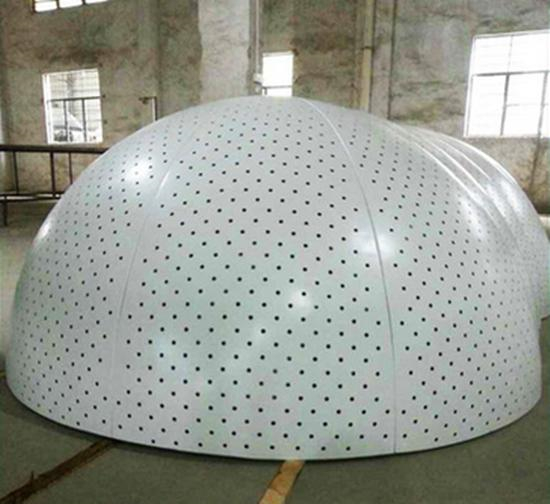
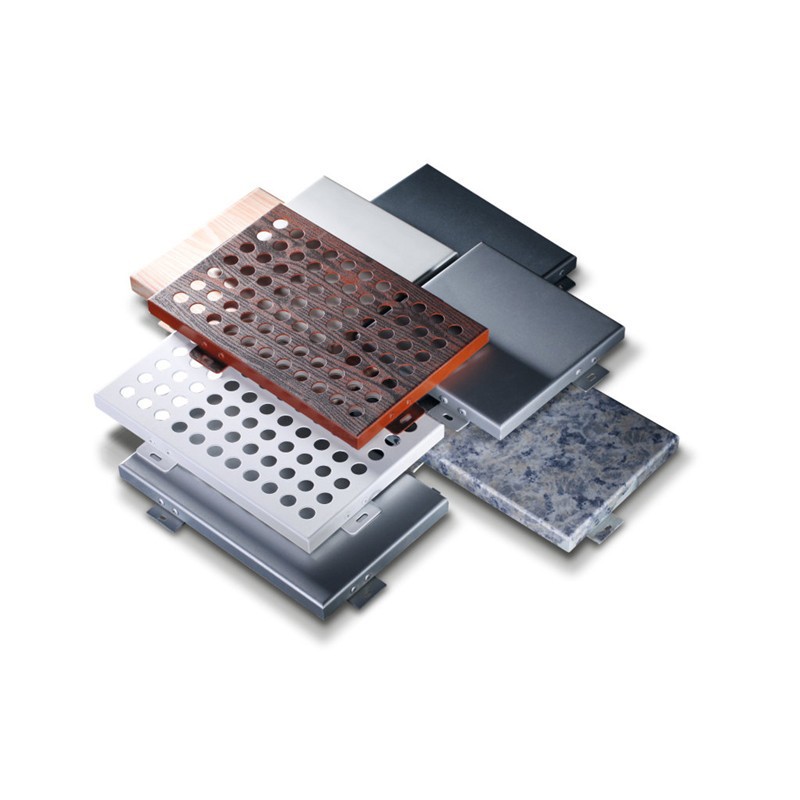
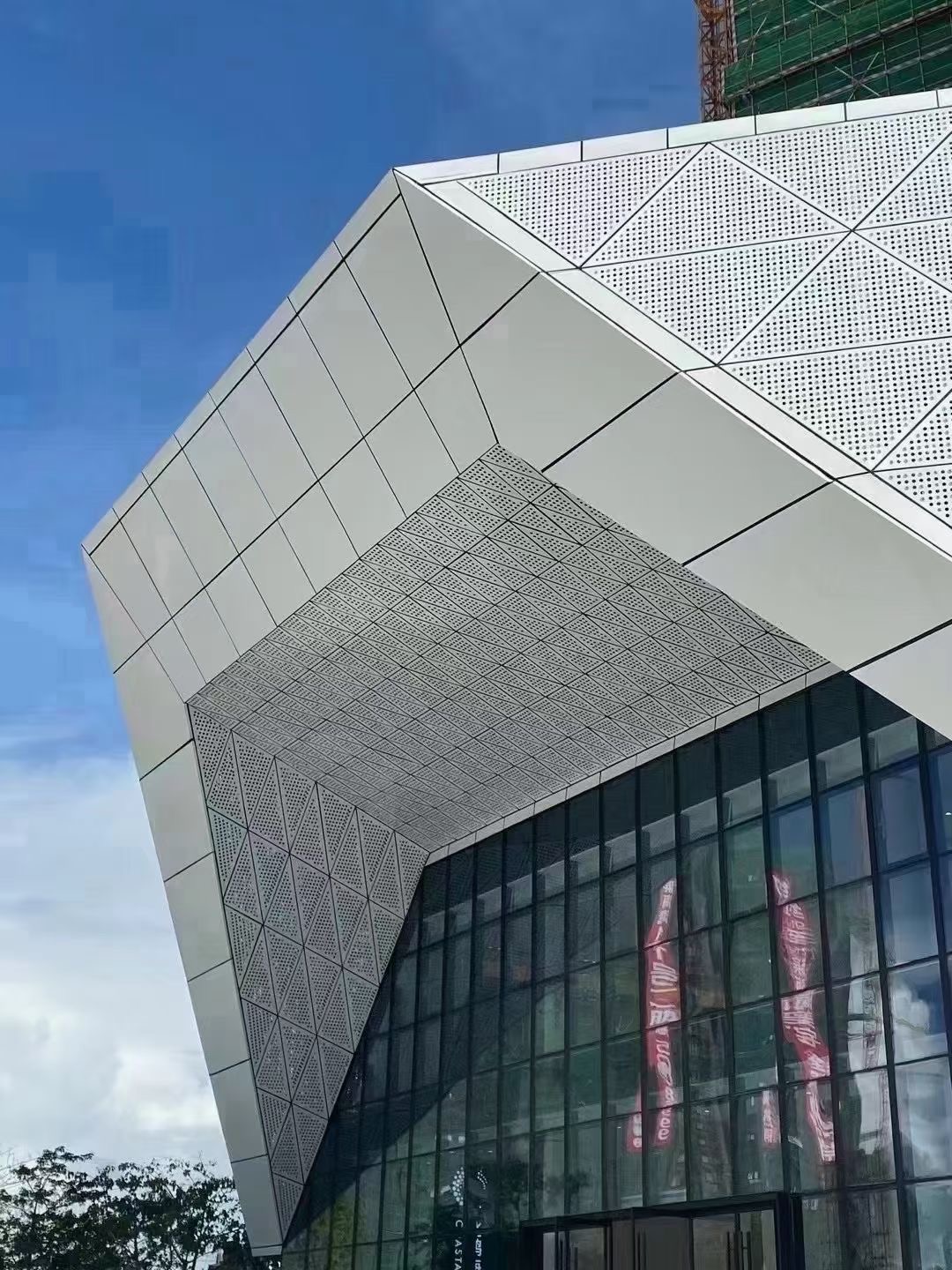
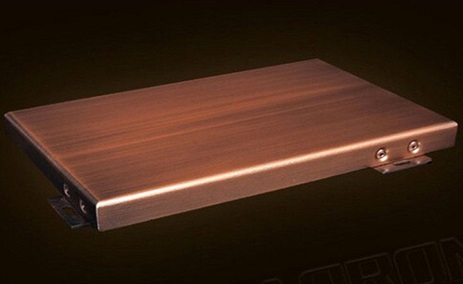
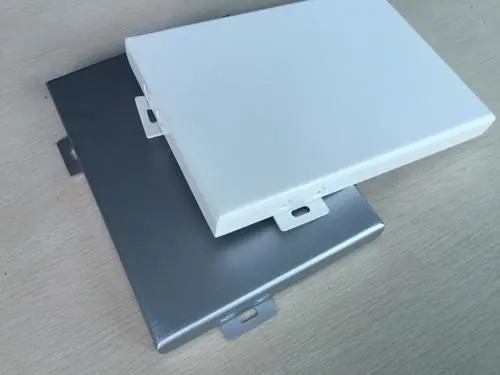
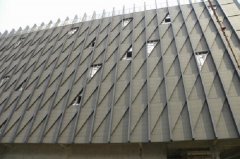
 Customer service QQ
Customer service QQ